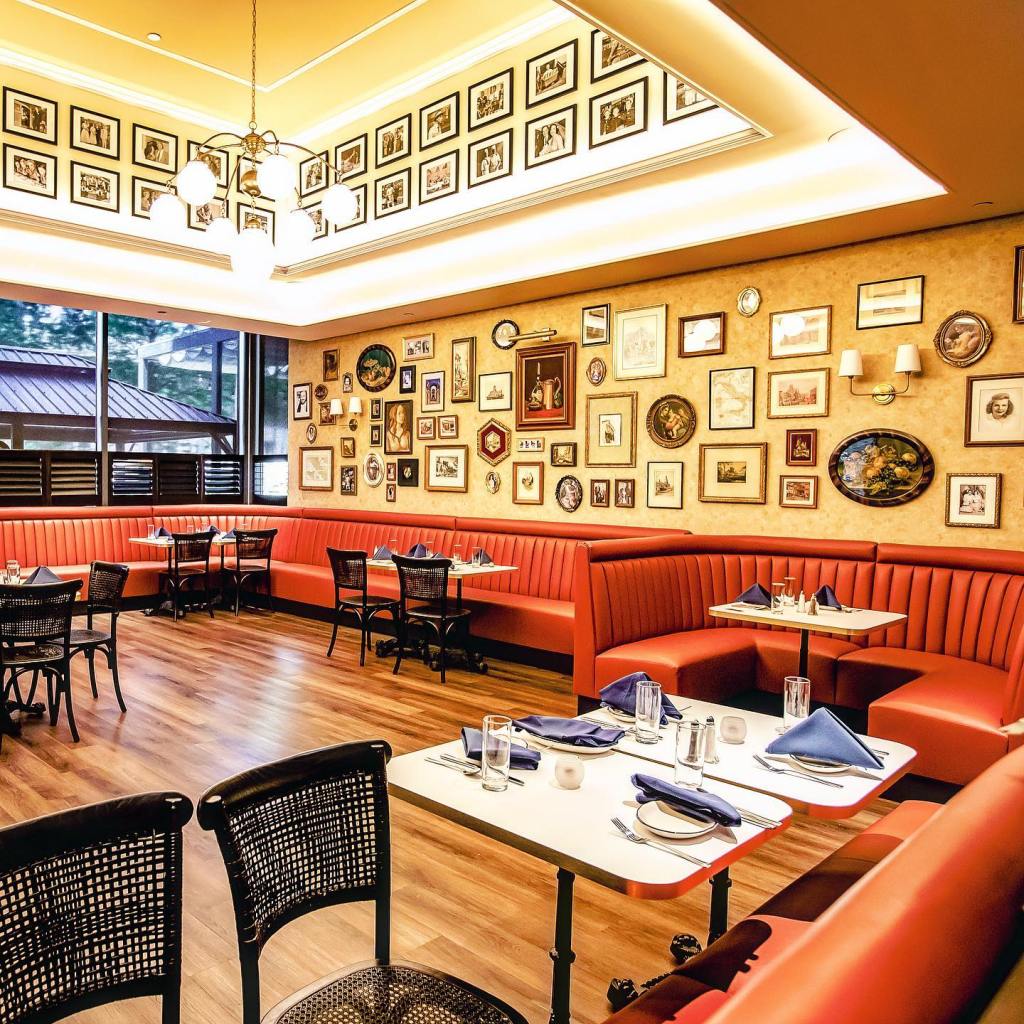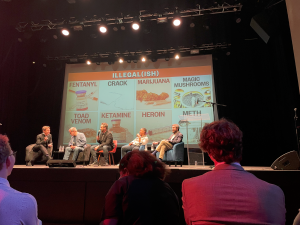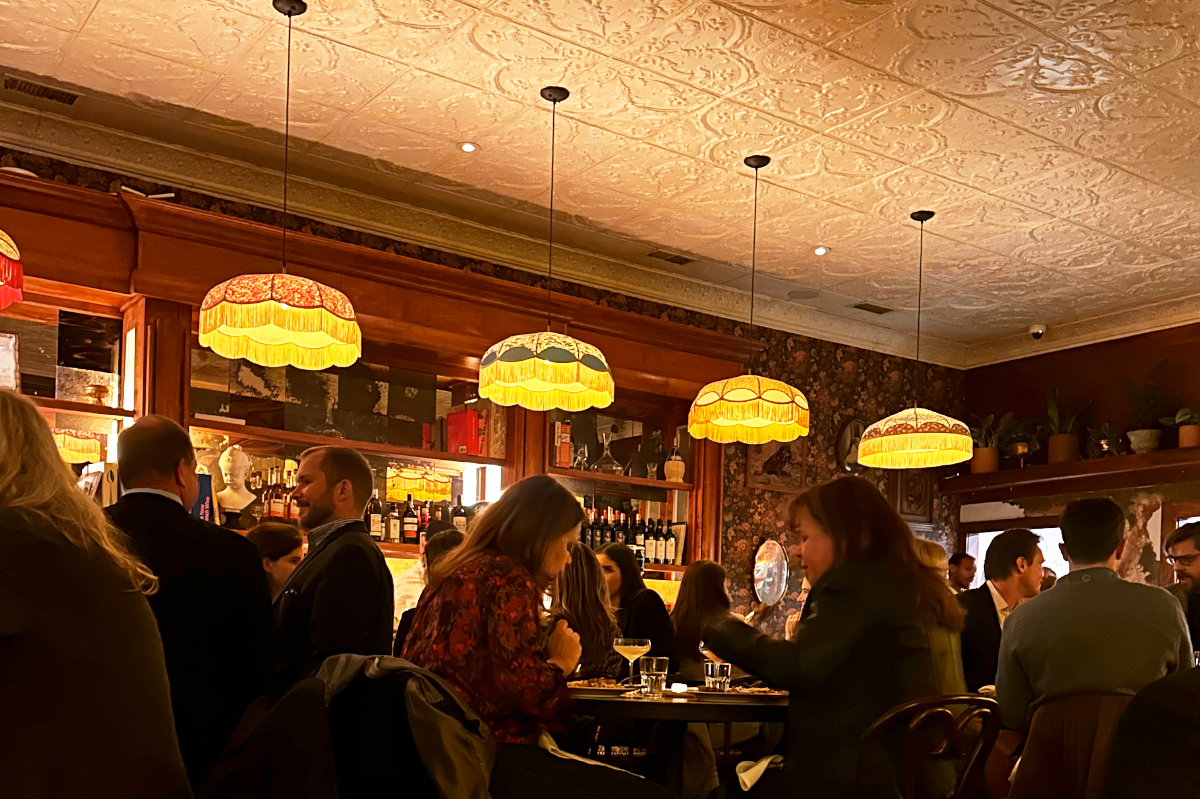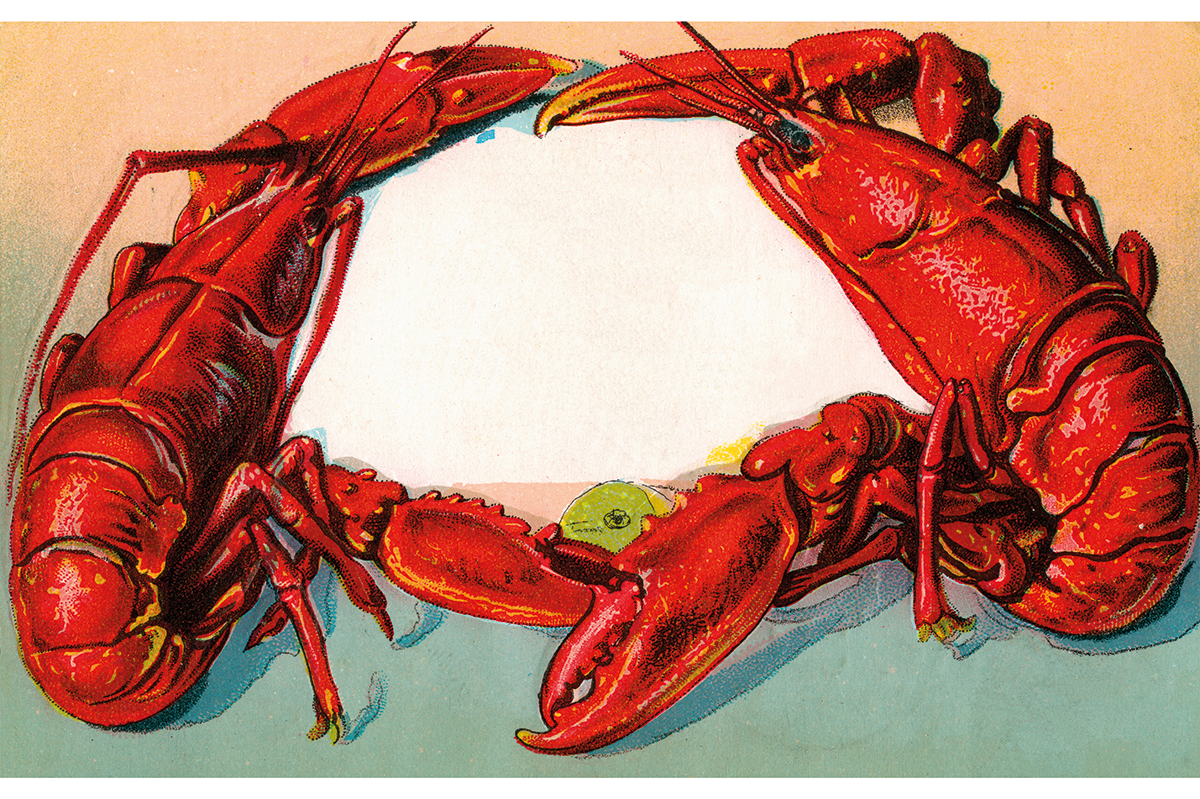My wife and I live in Northern Virginia, in Fairfax County. Whenever we go out to eat, we almost always go somewhere in the suburbs. Fairfax, along with neighboring Montgomery County in Maryland, is home to a wealth of restaurants serving cuisines from all over the world. Just last January, Bon Appétit wrote that “to travel DC’s Beltway is to sample the flavors of the world,” and the New York Times declared that “America’s next great restaurants are in the suburbs.” You could argue that the suburban food scene in the DC metro area surpasses that of the city itself.
Nonetheless, DC is widely seen as a “foodie city,” and its restaurants generally get more coverage and hype than their suburban counterparts. The popular press has taken a long time to update its impressions of suburban dining options, and suburban demographics more broadly, with the increasingly eclectic and diverse reality.
Why don’t my wife and I prefer the DC dining scene? Well, many of the city’s hyped restaurants fall into a category that you might dub “concept restaurants.” Rather than pick up a template, tweak it a little, and try to execute it well (like our favorite Thai restaurant near Fairfax), or simply offer a relatively unfiltered menu representing a more unusual cuisine (like an Uzbek restaurant in Gaithersburg, Maryland), they instead have a unique “concept” — a schtick.
For example, there’s Lucky Danger, a reimagination of Chinese takeout with the tagline, “American Chinese by a Chinese American.” “At various points over the past six years, chef Tim Ma has rolled out holiday pop-ups that show off an earnest appreciation of American Chinese takeout,” writes Eater DC. “Ma says the dishes at Lucky Danger are ‘unapologetically American Chinese.’” The cute, pricey menu is a mix of classic Americanized takeout fare, dishes you might actually find in China, and a few creative twists, like duck confit fried rice.
Or you can pay a visit to Call Your Mother, a take on the classic Jewish deli with the tagline “A Jew-Ish Deli.” You can get Latin pastrami, Passover tacos, and quirky bagel sandwiches at the local DC chain founded by a Jewish American and his Argentine (and non-Jewish) wife. Call Your Mother has “won accolades from food publications and chefs around the country.”
There’s also Caruso’s Grocery, declared by the Washington Post to be “the old-school Italian restaurant of your dreams.” The schtick embraced by Caruso’s Grocery is that it has no schtick. Eater DC writes, “Matt Adler has no desire to reinvent the Parmesan wheel. Maybe it’s a sign of maturity, or simply the confidence that accompanies experience…he’s a preservationist. His cause? The classic ‘red sauce joint.’” The Post’s Tom Sietsema elaborates, “The creators of Caruso’s Grocery — Michael Babin, founder of the Neighborhood Restaurant Group, and chef Matt Adler, a veteran of the upscale Osteria Morini — aimed for something that was neither cheesy nor cheffy.” They got it right, judging from the establishment’s online reviews.
Really, all of these joints got it right. These are the good ones, but the problem is that for every good one, there are many lackluster imitators. (The DC wine bar where every bottle is less than $50 — meaning they’re all $49.95? There you go.) But there’s nonetheless something a little odd about referring to restaurants as “projects,” about how heavily workshopped and exquisitely engineered these places feel.
So much of the creative energy is directed towards being unique — towards branding, essentially — that the food itself can end up taking a back seat. It costs a lot of money to have a restaurant expertly decorated, to design a logo, to employ a bar manager and offer a custom cocktail list. Michelin star chefs can pull that all off with aplomb, but aping that style doesn’t make you a Michelin star chef.
A “concept restaurant” can also make it difficult to figure out if what you’re being charged is reasonable; you can’t comparison shop, as it were, because the menus are unique. You know what a burger or a plate of pad thai or a slice of pizza should go for. But what about a teres major steak, or a martini with olive brine, tomato gin, and a mozzarella ball on the toothpick? (That’s from the Caruso’s Grocery’s cocktail list. I’m Italian-American, but I don’t think I could make that up.)
In a way, this genre of restaurant inhabits a sort of uncanny valley: it’s self-aware and self-conscious. These are chefs who, being very good at what they do, can treat “standard” dishes as a starting point, and play with them based on their cultural background and culinary experience. The restaurant world rightly has room for them. But sometimes you want to be able to imagine the menu just by hearing the name of the joint.
Drive out to the suburbs (or live there) and you’ll find lots of perfectly serviceable and occasionally excellent restaurants with no shtick at all. They’re serving what they’ve always served, because it’s good enough. Pizza parlor with a mural of Naples or Mount Vesuvius on the wall by the men’s room? Unselfconscious “red sauce” restaurant with pillars painted on the walls back in the 1970s? Thai, Vietnamese, Indian, Ethiopian, and other international cuisines, with nonetheless a mostly standard menu that you can get to know well over the years? Check, check, and check.
These establishments often have awards hanging in the lobby — usually names like “best bargain restaurant” or “hidden gem” or some such. The press they receive is accidental, not courted. Their menus may have unusual or unique dishes, but within a cuisine, they are often more or less the same.
There’s something fun about trying the same dish at a bunch of different restaurants, and figuring out who does it best. And there’s a challenge and an art to executing such a menu. It’s a kind of formula that can actually enhance creativity. For “concept restaurant” chefs, it’s a starting point. And maybe the best of today’s self-conscious concepts will become the familiar standards of the next generation.
Sometimes, though, it’s good to go back to the beginning.

























